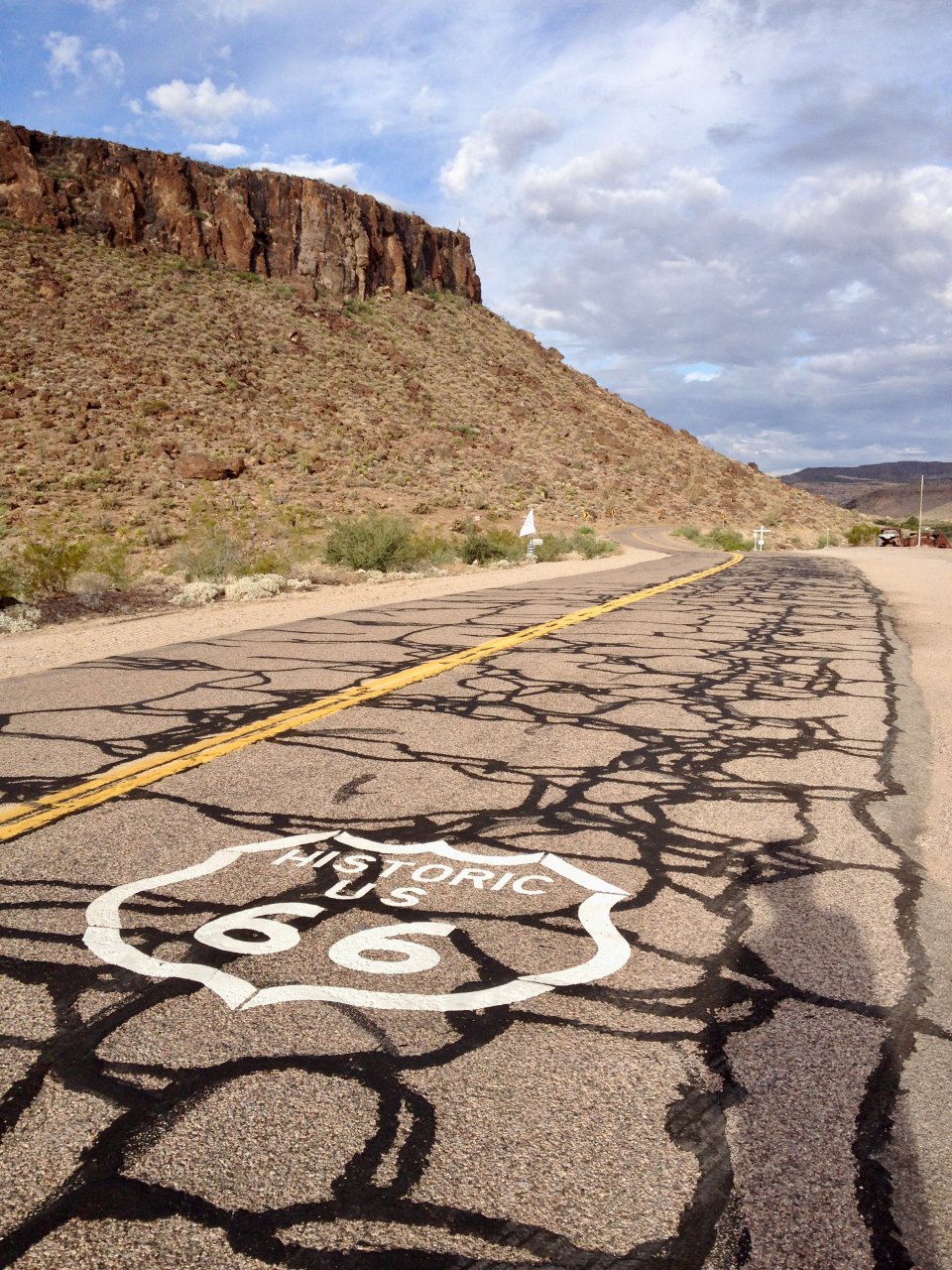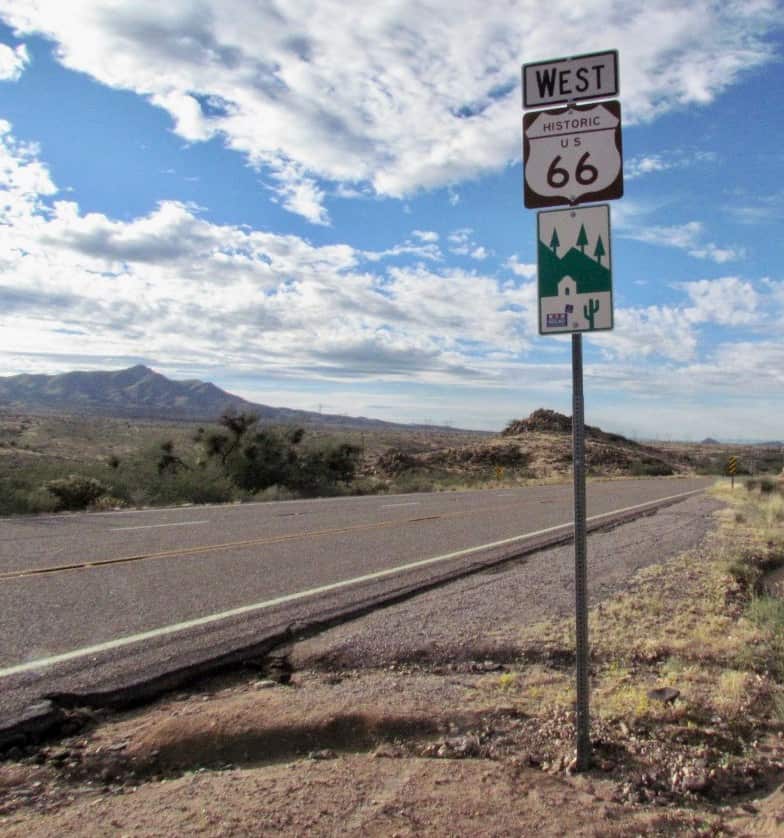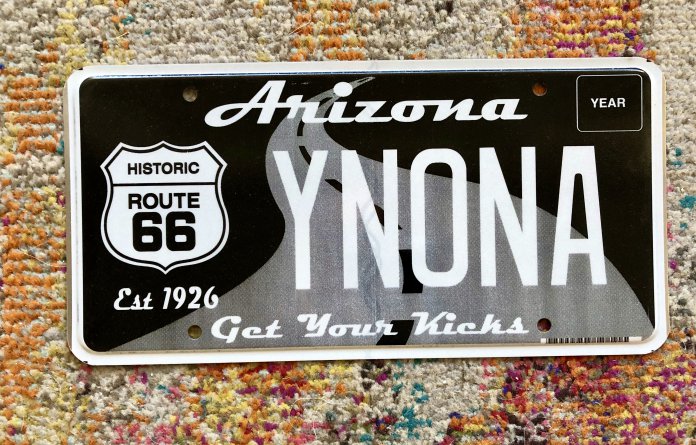Now it goes through Saint Looey
Joplin, Missouri;
Oklahoma City looks mighty pretty
You’ll see Amarillo;
Gallup, New Mexico;
Flagstaff, Arizona;
(Don’t forget Winona)
Kingman, Barstow, San Bernardino
Bobby Troup wrote those lyrics for a tune he titled (Get Your Kicks on) Route 66.
Known as a composer, and later as an actor on the television series, Troup graduated Phi Beta Kappa from the Wharton School of Business at the University of Pennsylvania in 1941. But before he could consider applying his degree to the family business, he enlisted in the U.S. Marine Corps and, likely because his family owned a music store, he was assigned as a recreation and recruiting officer and organized a first Marine band comprising African-American recruits at Montford Point, North Carolina.
Troup’s song, Daddy, was recorded by Sammy Kaye and his orchestra and was No. 1 on the Billboard chart for eight weeks in 1941. Frank Sinatra and Connie Haines recorded Troup’s Snootie Little Cutie early in 1942.
His Marines stint over, Troup and his wife, Cynthia, packed their 1941 Buick and headed to Hollywood in 1946. They drove west on U.S. 40, and Troup considered writing a song about that drive. But it was somewhere along Route 66 from Chicago to Los Angeles that Cynthia reportedly suggested he instead write to the title of Get Your Kicks on Route 66.
Later that same year, Nat King Cole was the first to record the tune. Subsequently, it was covered by everyone from Chuck Berry to The Rolling Stones.

Fast forward to 2015, January 25 to be precise, and Steve Wingenfeld, a semi-retired Hagerty insurance agent in Mesa, Arizona, is at Charley’s Garage, a restoration shop. Wingenfeld’s friend, Bert Diehl, needed to insure a car he was readying for a major roadster show in California.
The car was painted jet black, Wingenfeld remembers, and already had won numerous awards in several states. The last piece being secured was the license plate, one of the specialty plates Arizona had issued after the Cardinals professional football team moved to the Phoenix area from St. Louis, Missouri.
Wingenfeld asked if the friend was a big football fan. He said he wasn’t, but he liked the plate’s color scheme — a black background with a bright red Cardinals logo.
Wingenfeld had become a license plate collector back in high school in Ohio, and would get a new vanity plate every year. For some reason, Wingenfeld thought out loud about replacing the bird’s head with a Route 66 shield.
“All the people there said that would be a great idea,” Wingenfeld remembers.
Nearly a year later and after he testifyied in front of nearly two dozen Arizona Senate or House committee panels, plus other meetings with state officials — “A lot of people got really tired of me” — the Historic Route 66 license plate was approved for sale, with a portion of the price earmarked for Historic Route 66 preservation efforts.
“YNONA” is what is said on my Historic Route 66 Arizona license plate. For some reason, the state wouldn’t let me go with WINONA, yet accepted YNONA.
I’d considered other options, including CHI2LA, which was available, but Bobby Troup’s lyrics kept going through my head. I’d driven through Winona, which is near Flagstaff, Arizona, and there seemed to be nothing remarkably memorable about the little community.
But “Don’t forget Winona,” Troup urged in his lyrics. So I didn’t, and proudly proclaimed it on my pickup truck until I moved to Nevada and had to switch my state allegiance.

Recently, Steve Wingenfeld and I were involved in the same Zoom conference call and he said something I found amazing. In 2020, sales of the Historic Route 66 license plate generated $1 million for the Historic Route 66 Association of Arizona, which will use those funds for such things as the restoration of the famed Twin Arrows and other roadside landmarks, and perhaps even for some repairs to the original Route 66 roadway.
I think I paid an extra $25 for the Route 66 plate, with $17 of those dollars going to the association or other non-profit cause. Apparently, I was one of around 50,000 Arizona vehicle owners who opted for the Route 66 plate.
And now, if those people keep renewing those plates, another $1 million will be generated in 2021, and annually for years to come.
There are similar efforts in other states along the route (if you have such a plate, what slogan did you select?).
Recently, a federal commission was organized to plan the Mother Road’s centennial celebration in 2026. Thanks to Steve Wingenfeld’s decision to follow through on a whim, more of what was will still be there for that centennial celebration.






